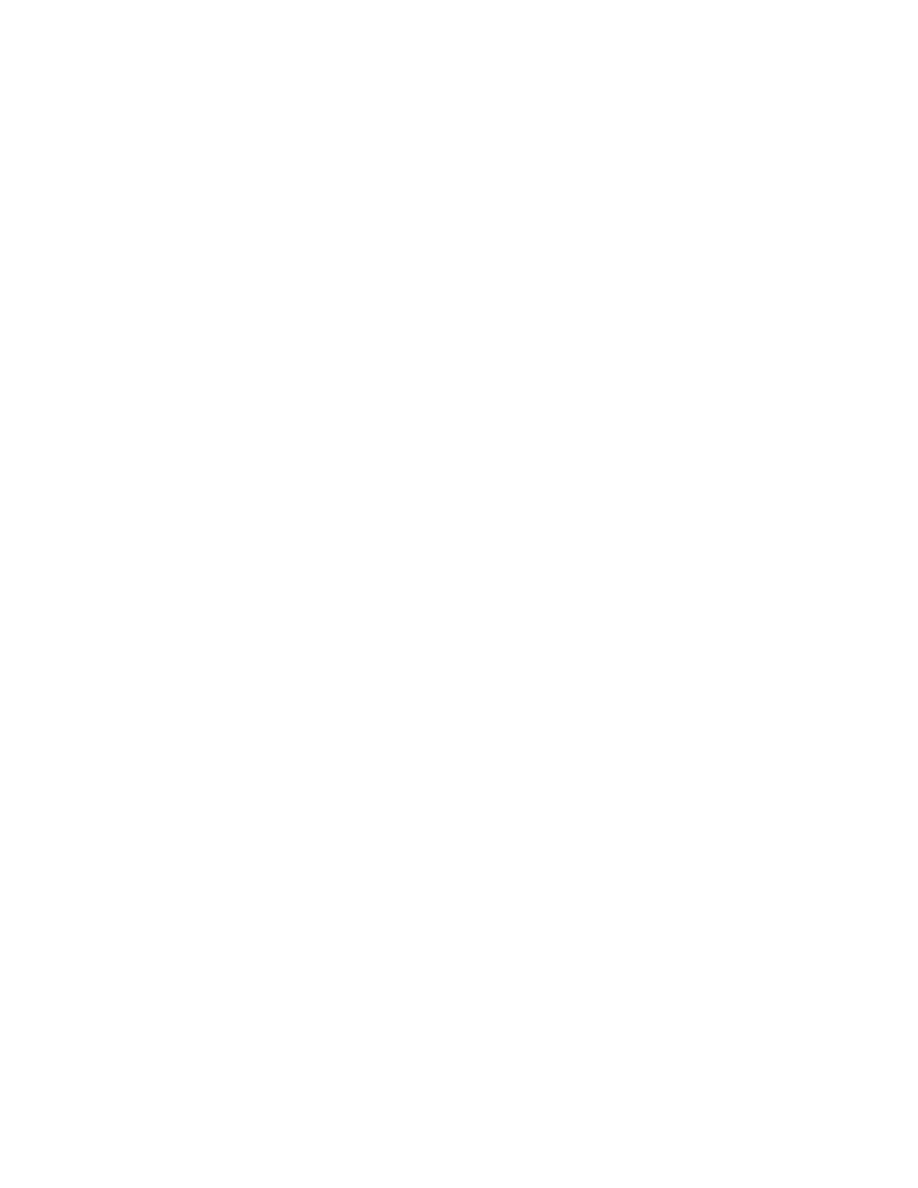
215
Federal Aviation Administration, DOT
§ 23.367
§ 23.351
Yawing conditions.
The airplane must be designed for
yawing loads on the vertical surfaces
resulting from the loads specified in
§§ 23.441 through 23.445.
[Doc. No. 4080, 29 FR 17955, Dec. 18, 1964; 30
FR 258, Jan. 9, 1965, as amended by Amdt. 23–
42, 56 FR 352, Jan. 3, 1991]
§ 23.361
Engine torque.
(a) Each engine mount and its sup-
porting structure must be designed for
the effects of—
(1) A limit engine torque cor-
responding to takeoff power and pro-
peller speed acting simultaneously
with 75 percent of the limit loads from
flight condition A of § 23.333(d);
(2) A limit engine torque cor-
responding to maximum continuous
power and propeller speed acting si-
multaneously with the limit loads from
flight condition A of § 23.333(d); and
(3) For turbopropeller installations,
in addition to the conditions specified
in paragraphs (a)(1) and (a)(2) of this
section, a limit engine torque cor-
responding to takeoff power and pro-
peller speed, multiplied by a factor ac-
counting for propeller control system
malfunction, including quick feath-
ering, acting simultaneously with lg
level flight loads. In the absence of a
rational analysis, a factor of 1.6 must
be used.
(b) For turbine engine installations,
the engine mounts and supporting
structure must be designed to with-
stand each of the following:
(1) A limit engine torque load im-
posed by sudden engine stoppage due to
malfunction or structural failure (such
as compressor jamming).
(2) A limit engine torque load im-
posed by the maximum acceleration of
the engine.
(c) The limit engine torque to be con-
sidered under paragraph (a) of this sec-
tion must be obtained by multiplying
the mean torque by a factor of—
(1) 1.25 for turbopropeller installa-
tions;
(2) 1.33 for engines with five or more
cylinders; and
(3) Two, three, or four, for engines
with four, three, or two cylinders, re-
spectively.
[Amdt. 23–26, 45 FR 60171, Sept. 11, 1980, as
amended by Amdt. 23–45, 58 FR 42160, Aug. 6,
1993]
§ 23.363
Side load on engine mount.
(a) Each engine mount and its sup-
porting structure must be designed for
a limit load factor in a lateral direc-
tion, for the side load on the engine
mount, of not less than—
(1) 1.33, or
(2) One-third of the limit load factor
for flight condition A.
(b) The side load prescribed in para-
graph (a) of this section may be as-
sumed to be independent of other flight
conditions.
§ 23.365
Pressurized cabin loads.
For each pressurized compartment,
the following apply:
(a) The airplane structure must be
strong enough to withstand the flight
loads combined with pressure differen-
tial loads from zero up to the max-
imum relief valve setting.
(b) The external pressure distribution
in flight, and any stress concentra-
tions, must be accounted for.
(c) If landings may be made with the
cabin pressurized, landing loads must
be combined with pressure differential
loads from zero up to the maximum al-
lowed during landing.
(d) The airplane structure must be
strong enough to withstand the pres-
sure differential loads corresponding to
the maximum relief valve setting mul-
tiplied by a factor of 1.33, omitting
other loads.
(e) If a pressurized cabin has two or
more compartments separated by bulk-
heads or a floor, the primary structure
must be designed for the effects of sud-
den release of pressure in any compart-
ment with external doors or windows.
This condition must be investigated for
the effects of failure of the largest
opening in the compartment. The ef-
fects of intercompartmental venting
may be considered.
§ 23.367
Unsymmetrical loads due to
engine failure.
(a) Turbopropeller airplanes must be
designed for the unsymmetrical loads
VerDate Mar<15>2010
10:12 Mar 18, 2014
Jkt 232046
PO 00000
Frm 00225
Fmt 8010
Sfmt 8010
Y:\SGML\232046.XXX
232046
pmangrum on DSK3VPTVN1PROD with CFR